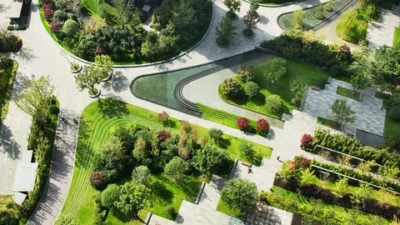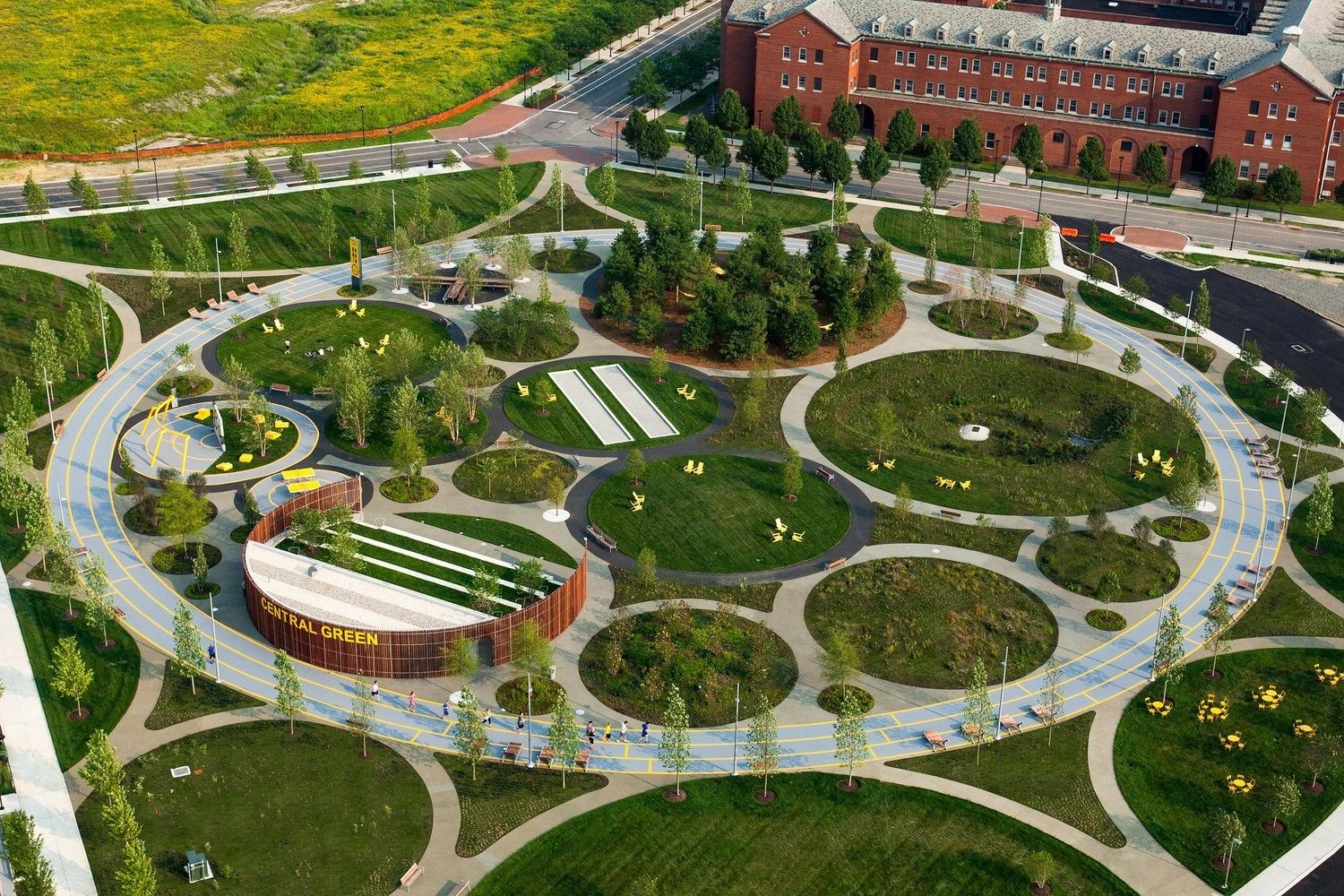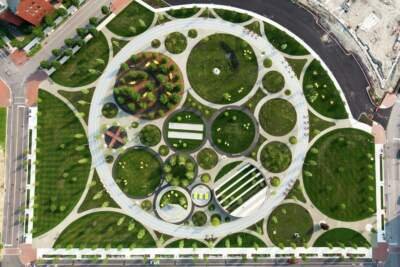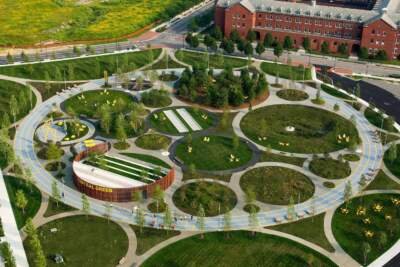Unlocking the Secrets of Landscape Planning
In the realm of outdoor aesthetics, a landscape plan stands as a pivotal blueprint, capturing the essence of an open space. Much like a site plan, it visually articulates the dimensions and zones of a location, blending natural elements such as flowers and trees with man-made features like outdoor furniture and fountains. This article delves into the intricate world of landscape planning, exploring its significance and the steps involved in crafting a comprehensive landscape architecture project.
Defining a Landscape Plan:
A landscape plan is more than just a visual representation; it serves as a roadmap for outdoor spaces, incorporating natural and artificial components. From the vibrant hues of flowers to the functionality of lighting and irrigation, every detail is meticulously considered. This plan not only aids in initial design but also becomes a valuable reference for future enhancements, repairs, or event planning.
The Role of Landscape Plans in Decision-Making:
As one engages in the development of a master plan, the abundance of ideas can be overwhelming. Effective decision-making is expedited by referring to the landscape plan, streamlining the selection of materials and ensuring a cohesive vision. This structured approach also offers real estate dealers and contractors ample time to organize construction tools and estimates, promoting timely project completion within the specified budget.

Crafting a Landscape Architecture Project:
Embarking on a residential or commercial landscaping venture involves more than just artistic flair. Creating a landscape plan requires conceptual sketches, assessments, and necessary approvals. The initial step involves establishing a simple grid, accurately measuring the intended area, and transferring the details onto paper. With the client’s approval, landscape gardeners initiate their work, sometimes employing tools like Google SketchUp for inline additions.
Designing Your Landscape:
Developing a concrete landscape strategy from the outset is imperative. This involves utilizing tracing paper or electronic copies to experiment with different elements, color themes, and design structures. Consideration is given not only to aesthetic aspects but also to practical elements such as irrigation and lighting systems. Architectural elements like full-scale terraces strategically placed on the grid add depth and character.
Finalizing the Landscape Project:
With the basic structure in place, the final stages of a landscape project are akin to interior decorating. Mystery labels denoting specific elements are added, like green dots symbolizing flower beds and colorful designs. Landscape plans employ a variety of symbols to represent plants, trees, and architectural elements, creating a visually appealing and informative document.
Landscape planning is a multifaceted process that transforms outdoor spaces into harmonious, functional environments. From conceptual sketches to the final project, each step contributes to a comprehensive plan that not only captures the visual appeal but also ensures practicality and efficiency in the execution of landscaping projects.Landscape Planning
Environmental Considerations: Landscape Planning
A crucial facet of landscape planning involves considering environmental sustainability. Incorporating native plants, implementing water-efficient irrigation systems, and designing eco-friendly features contribute to a more sustainable and resilient landscape.
Technology Integration:
Modern landscape planning embraces technology for enhanced precision and efficiency. Geographic Information System (GIS) mapping tools, drone technology for site surveys, and 3D modeling software aid in creating more accurate and visually appealing landscape plans.
Maintenance and Longevity:
A well-crafted landscape plan goes beyond aesthetics; it considers the long-term maintenance and durability of the design. Thoughtful plant selection, appropriate materials, and efficient drainage systems contribute to the longevity of the outdoor space.
Community Engagement:
In certain projects, involving the community in the planning process adds a layer of inclusivity. Gathering feedback and insights from residents fosters a sense of ownership and ensures that the final design aligns with the community’s needs and preferences.
- Landscape Planning
Biodiversity Enhancement:
Landscape plans can play a role in fostering biodiversity by incorporating features like bird-friendly plants, pollinator gardens, and habitat structures. Such considerations contribute to the ecological balance of the area.
Seasonal Variations:
A well-rounded landscape plan takes into account-Landscape Planning
the changing seasons. This includes selecting plants that flourish in different seasons, ensuring year-round visual interest, and considering the impact of weather patterns on the outdoor space.
Accessibility and Inclusivity:
Designing landscapes that are accessible to people of all abilities is gaining prominence. Incorporating ramps, pathways, and other accessible features ensures that the outdoor space is inclusive and welcoming to everyone.
Regulatory Compliance:
Landscape planning must adhere to local regulations and zoning requirements. Ensuring compliance with building codes and environmental regulations is integral to the success of the project and helps avoid legal complications. Landscape Planning
Artistic Elements:
While functionality is paramount, the artistic elements of a landscape plan contribute to its overall appeal. Integrating sculptures, decorative structures, or themed garden areas adds a touch of creativity and personalization to the outdoor space .Landscape Planning
Educational Components:
Some landscape plans incorporate educational elements, such as interpretive signage about plant species, ecosystems, or historical significance. This not only enhances the visitor’s experience but also promotes environmental awareness.
In conclusion, a comprehensive landscape plan considers various aspects beyond the physical layout, integrating sustainability, technology, community engagement, biodiversity, and artistic elements. This holistic approach ensures that the outdoor space is not only visually pleasing but also functional, resilient, and aligned with the broader goals of environmental stewardship.



